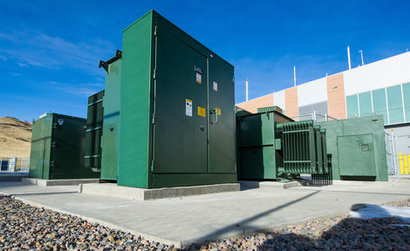
The report was commissioned by the American Council on Renewable Energy (ACORE) in partnership with the American Clean Power Association (ACP) and the Solar Energy Industries Association (SEIA). It outlines how PJM has prevented storage technologies from using a tool to expedite connection to the grid, Surplus Interconnection Service (SIS), that has been endorsed by the Federal Energy Regulatory Commission (FERC) and successfully utilised by other grid operators.
“Electricity demand in the Mid-Atlantic region is rapidly rising, but the good news is that there is a large amount of clean energy waiting to come online to maintain the grid's reliability” said ACORE President and CEO Ray Long. “SIS is an important tool for efficiently accelerating the deployment of new resources, especially battery storage that will provide much-needed capacity for the region.”
The report, “ReSISting a Resource Shortfall: Fixing PJM’s Surplus Interconnection Service (SIS) to Enable Battery Storage”, offers concrete recommendations PJM can immediately take to ensure the timely development of storage in the Mid-Atlantic region, including:
Eliminate the current prohibition of SIS participation by grid-charging BESS resources
Harmonise BESS and pumped hydro storage modeling assumptions
Adopt FERC’s standard allowing SIS if resources do not trigger the need for new network upgrades
“The need to accelerate the deployment of high-capacity value resources like battery storage is acute as the rapid pace of load growth and legacy generation resource retirements challenge resource adequacy in PJM” added Mike Borgatti, Senior Vice President, Gabel Associates Inc. “Surplus Interconnection Service provides an important opportunity to maximise the potential for our existing transmission grid to accommodate new resources.”
ACP Vice President of Energy Storage Noah Roberts added that timely deployment of new resources is necessary to meet rapidly rising energy demand and prevent impending electricity shortages and that energy storage has already proven its ability to efficiently provide substantial new capacity in other regions across the country, stabilising the grid and reducing costs. “PJM can use several vetted and FERC-endorsed tools, including SIS, to expedite energy storage deployment and boost reliability and affordability across the region.”
For additional information:
American Council on Renewable Energy (ACORE)
American Clean Power Association (ACP)

